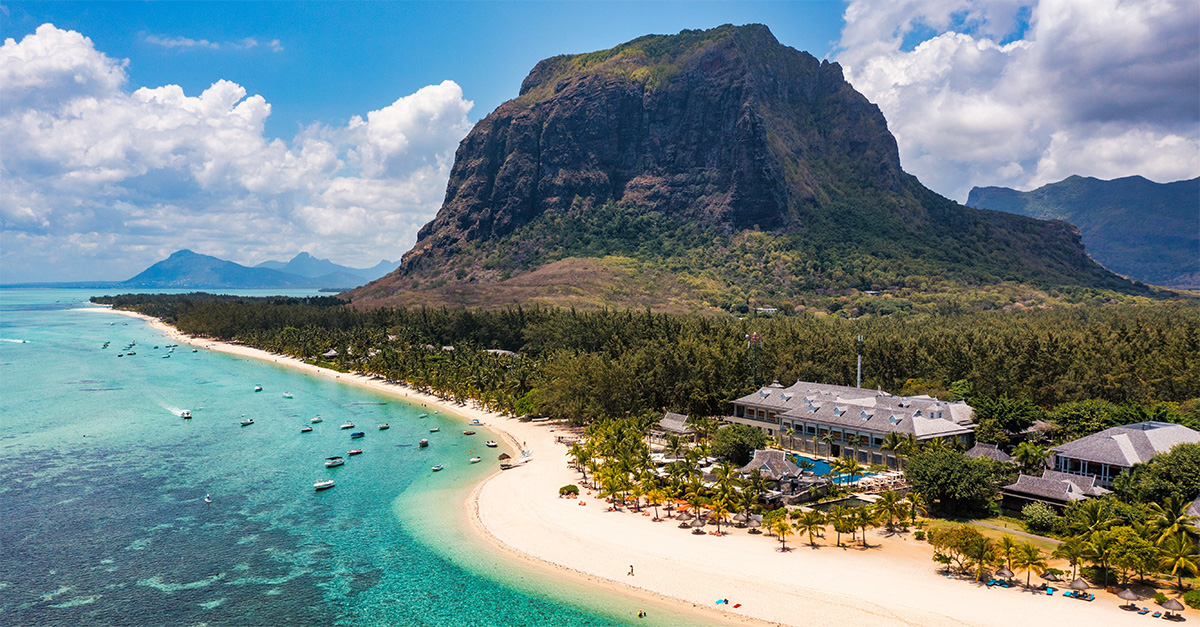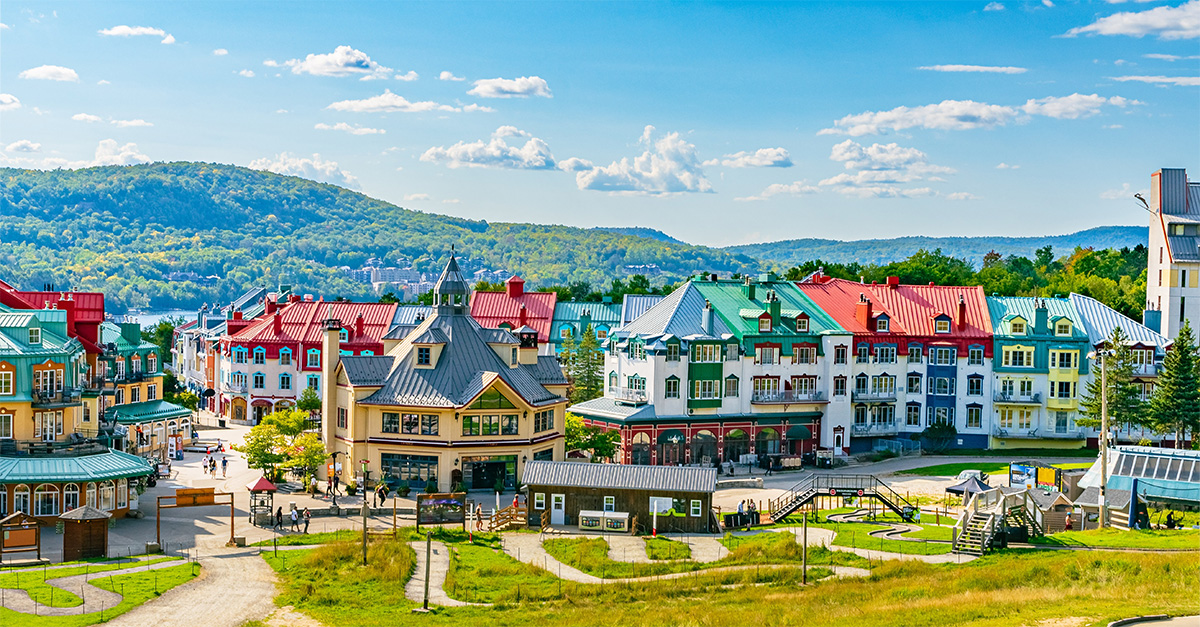Ancient and modern sit side by side in fascinating Beijing
Like this and want more details? Click here to download and save as a PDF.
Wandering through throngs of smartphone camera-wielding tourists snapping selfies beneath the swooping pagoda roofs of Beijing’s Forbidden City gives you a taste of the city’s most noticeable characteristics in one bite: ancient history, cutting-edge technology and huge crowds.
Although flights to other Chinese cities are opening up – notably British Airways’ connection to Chengdu – most visitors fly into Beijing or Shanghai, and the cities have often been set against one another to highlight their differences.
Shanghai has been sold as business-focused, futuristic and forward-thinking, Beijing as historic and more traditionally Chinese. But as the whole nation changes at lightning speed, these differences grow ever-less based in fact.
Beijing retains its rich seam of historic sights, but I’d defy anyone to drive past the Olympic Park or through the CBD and not feel the heartbeat of modern China among its towering skyscrapers – including the gravity-defying CCTV tower – and vast fashion brand outlets that dwarf those in London or New York.
It’s worth booking clients a good few nights in the city so they can experience this energy and sophistication before heading off to China’s other must-visit attractions.
What to see
The big sight, on every level, is the Forbidden City. This vast imperial palace complex – 980 buildings fill a site the size of 90 football pitches in the very centre of Beijing – was the hub of power from the Ming to the Qing dynasties or, as we’d mark the time, all the way from the 15th to the early 20th century.
It’s like an onion, with layer after layer of walls and gated courtyards containing ever more elaborate pagodas. Clients should not only book tickets in advance (passport ID is needed and bookings can be made online), but it’s also advisable to go with a guide to illuminate the palace history and pick out the highlights – seeing everything would take days, if not weeks.
Near the palace complex is Tiananmen Square – one of the largest city squares in the world and most famous outside China as the focal point for the pro-democracy protests of 1989.
Visitors will find numerous monuments, the National Museum of China, and the Chairman Mao Zedong Memorial Hall, where visitors can file past the former leader’s mummified body.
Smaller than the Forbidden Palace but just as perfectly formed is the Temple of Heaven (pictured below). At its heart is a triple-gabled circular hall of prayer built entirely of wood with no nails.

The brightly coloured structures are beautiful, but it’s just as interesting to see the current use of the surrounding park, as this is where many retired locals come to take part in communal activities, from tai chi to what looks like a sort of ritualised dance with a tennis racket and ball.
Cox & Kings can even organise for guests to join one of the tai chi lessons.
To the northwest of the city centre is the Summer Palace, another large complex but this time set around lakes and gardens. Pavilions, halls, temples and bridges were landscaped to create a summertime idyll for the imperial family, and now tourists usually spend half a day exploring, walking around the lake, taking a boat ride and looking for the marble boat built for the infamously extravagant Dowager Empress Cixi.
Lesser-known sights include Factory 798, a sprawling Mao-era munitions factory packed with Communist murals, Bauhaus architecture and modern art in the heart of Beijing’s burgeoning arts district, and Cuandixia, a historic Ming-era village in the western suburbs known for its well-preserved courtyards and Mao Zedong propaganda.
If clients are shoppers, don’t forget to build in time for them to visit either the huge designer stores or to head for the Silk Market, a vast complex famous for its good-quality fakes.
Outside Beijing but often visited from it, the Great Wall of China can’t fail to be on every client’s list. The most touristy section is at Badaling, and here clients will find guard rails, restaurants and even a cable car, but also vast numbers of other tourists.
We headed for less crowded Juyongguan, which is beautifully restored but steep – not one for clients with any access issues. However, views are wonderful and steps in good condition. The stretch at Mutianyu is recently renovated and has a cable car and chair lift, but also receives fewer tour groups than Badaling.
Where to stay
Unsurprisingly given its Hong Kong HQ, the Shangri-La brand has a host of options in Beijing for the luxury end of the market. The super-central China World Hotel and China World Summit Wing have classic oriental good looks and impeccable Shangri La service, but for something more modern recommend the nearby Kerry Hotel.
It’s sleek and contemporary, with a strong wellness and fitness focus including a 35m indoor pool. Farther from the centre, the Shangri-La Beijing (pictured below) is a great choice for those planning to head out to the Great Wall, and it has a beautiful Garden Bar set in a far larger green space than you’d expect in a city hotel.

Cox & Kings recommends Raffles Beijing’s colonial stylings – and excellent location near the Forbidden City – for older couples, and the more modern design of the Peninsula Beijing for younger clientele.
Those who can afford to really splash the cash could consider the Aman Palace, which is located within the grounds of the Summer Palace and gives access outside normal visiting hours.
For clients travelling with kids, Travel 2 suggests the Novotel Beijing Peace – a mid range property within walking distance of the Forbidden City with a great play area for children.
Moving on
Beijing is the starting point for many tours of China, with the most popular highlights being Xi’an’s Terracotta Warriors, pandas at Chengdu, a cruise on the Yangtze, the striking karst hills of Guilin and Shanghai.
Travel 2’s 11-day Essential China starts from £2,349 and spends three days in Beijing, as well as visiting Xi’an, Guilin and Shanghai. At the luxury end of the market, Cox & Kings’ 16-day China: The Grand Tour starts from £2,995 and takes in Beijing, Xi’an, Guilin, Chengdu, a Yangtze River cruise and Shanghai.
Wendy Wu Tours’ most popular package from Beijing is the 16 day Wonders of China, combining Beijing, Xi’an, a Yangtze River cruise, Guilin and Shanghai, from £2,790, but also popular is the 21-day Magnificent China, which also visits Chengdu, from £3,190.

Wendy Wu Tours’ Ben Briggs says: “For our tailor-made guests travelling on from Beijing, one of the most commonly requested trips is to visit remoter sections of the Great Wall such as Simatai and Jinshanling. There is lots of interest in two or three-day hikes along the Great Wall, with stays in guesthouses along the way.”




